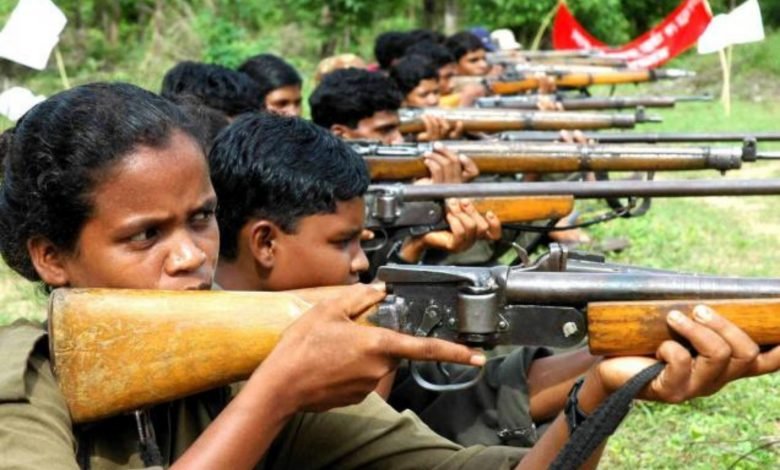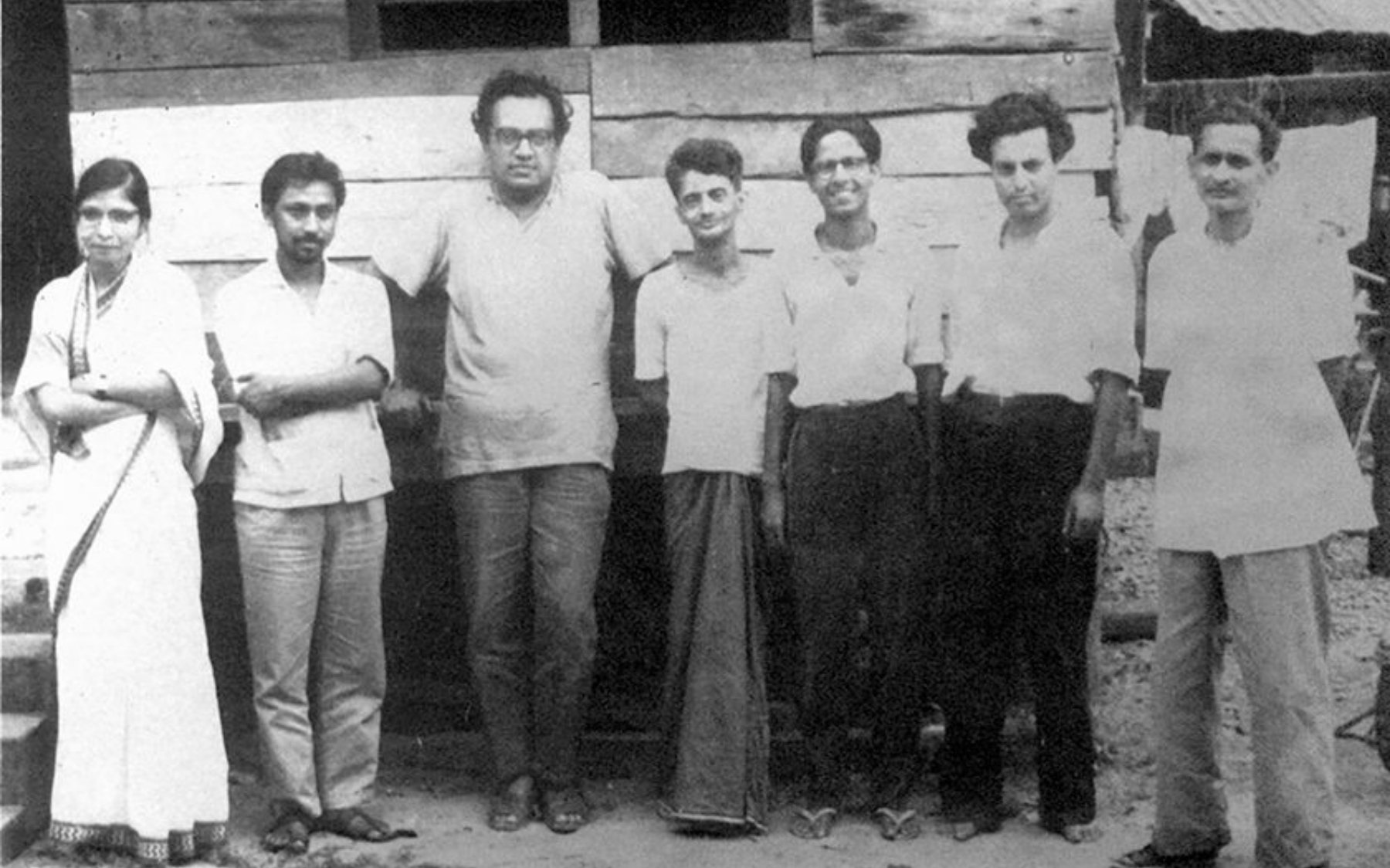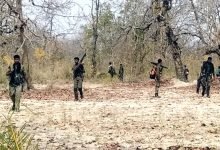The Chhattisgarh Naxal Attack – What Went Wrong and the History of Naxalism?

Dainik Bhaskar has blamed one particular officer involved in this incident by name, citing his dubious record of blunders in the past, and how he was promoted, rewarded, and given important responsibilities.
- Not Learning from Mistakes
As a result, there is no opportunity of analysing and learning from mistakes.
Officers of the junior and middle level and the men are obliged to ‘surrender their brains to the hare-brained schemes of the leadership’ in the name of discipline. Anyone who ever dared question the wisdom of the grandiose but vacuous plans for purely professional reasons, is publicly insulted as a coward and marked for punishment later.
I do not think that from a professional angle, any solace is to be derived by claiming that the forces also have inflicted casualties on the Naxals because not all their dead bodies are ever produced—the press release speaks of the dead body of only one woman.
The police leadership has traditionally been telling lies about casualties on the other side and the stock explanation is that the Naxals carried away the dead bodies of their comrades or forced the villagers to do so. Let us be fair, casualties are to be expected in any combat. Some casualties are unavoidable whereas some are perfectly avoidable. We must be concerned about the avoidable casualties. Avoidable casualties continue to take place because, as discussed above, the forces are not allowed to learn from their mistakes.
According to a press release issued by Naxals, 04 Maoists killed in the combat (1) Comrade Oddy Sunny (2) Comrade Padam Lakhma (3) Comrade Kovasi Badru (4) Comrade Nupa Suresh.
- Need for a Realistic Approach and an Honest SWOT Analysis
If a ragtag band of less than 10,000 poorly armed people has managed to survive the might of lakhs of soldiers since 1967, it means that its strength does not lie in just a few clever leaders.
It also shows that there is something fundamentally wrong with the approach of the government in handling this challenge to internal security. Moreover, our intelligence is so hopelessly deficient that, even in 54 years, the nation has not been able to disrupt the Naxals’ sources of finance, weaponry and recruitment.
Anti-Naxal operations, as purely military matters, must have limited objectives in the first place and no one should delude himself or the government that one huge operation will wipe them off the face of India.
More importantly, the government must abandon its hubris and address those aspects of the problem.
History of Naxalism in India

In 1967, oppressed peasants inspired by the communist movement raised their bows and arrows against the feudal landowners in Naxalbari. In 2019, the banned Communist Party of India (Maoist), known also as Maoists or Naxalites, raised their upgraded, more sophisticated weapons against mining corporations and development projects which threatened to expel indigenous tribes (or Adivasis, an umbrella term to describe tribal populations) from their ancestral lands in order to exploit the mineral-rich soil. Times have changed, but the aim of the Maoists has not: seizing land from oppressors and redistributing it to the people. This armed struggle has resulted in human rights violations, mass displacement and at least 12,000 deaths as of 2018.
The birth of Naxalism is pinpointed to the Naxalbari uprising of spring 1967. Naxalbari, the village that gave its name to the movement, was the site of a peasant revolt, instigated by communist leaders against land owners of the State. While at this point, India had been independent from the British for 20 years, the country had retained the colonial land tenancy system. Under the British imperial system, indigenous landlords were granted pieces of land in return for their collection of tax revenue and as in Medieval European feudal systems, these landlords subleased their land to peasants for half their yield. As shown by the 1971 census, nearly 60% of the population was landless, the lion’s share of land being owned by the richest 4%.
The Digpu News Bottomline
“The programme of agrarian revolution and anti-imperialist mobilisation have acquired a fresh appeal in the era of globalisation and economic reforms seen in the past two decades and also since the US-led ‘war on terror’ that began in 2001,” writes political scientist Manoranjan Mohanty in his article “Challenges of revolutionary violence: the Naxalite movement in perspective.” He goes on to say that in such an atmosphere tribal people increasingly find themselves distressed by shrinking access to forest resources and large-scale displacement by mega-mining projects. Sumantra Banerjee adds that “if the movement is still surviving, the credit is due not so much to prescience of its leaders, as to the Indian state which, with its abysmal failures in socio-economic areas, persists in nourishing the soil for the continuation of the Naxalite movement.”
India has been dealing with the problem of Terrorism since its independence but since 2014, this seems to have taken the Centre stage in every political rally and every foreign agenda of the country. While it sounds like a great strategy in theory, it has been hardly effective in practice, if we count out garnering votes in the name of the martyrs who die while fighting terrorism. Intelligence failures like this in Bijapur and the one in Pulwama, J&K in 2019, go on to show that nothing concrete has been done on ground to strengthen the real fight against the menace of terrorism.
On the other hand, a few reasons that make these attacks interesting from a research point of view are:
- How awfully close both the failures are to key elections for the BJP. The Lok Sabha Elections in 2019 and state elections in 4 states at the time of Bijapur.
- How did confidential information related to the 2019 attack reach the Head of a leading News Channel who boasted about how “They won the attack big”?
So, one cannot help but ask the question;
“Is it really terrorism or is there a pattern to this mad violence?

